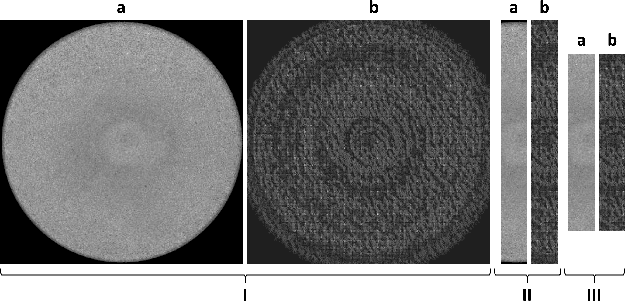Get our free extension to see links to code for papers anywhere online!Free add-on: code for papers everywhere!Free add-on: See code for papers anywhere!
Theodora Anastasiou
Machine Beats Machine: Machine Learning Models to Defend Against Adversarial Attacks
Sep 28, 2022Authors:Jože M. Rožanec, Dimitrios Papamartzivanos, Entso Veliou, Theodora Anastasiou, Jelle Keizer, Blaž Fortuna, Dunja Mladenić
Figures and Tables:







Abstract:We propose using a two-layered deployment of machine learning models to prevent adversarial attacks. The first layer determines whether the data was tampered, while the second layer solves a domain-specific problem. We explore three sets of features and three dataset variations to train machine learning models. Our results show clustering algorithms achieved promising results. In particular, we consider the best results were obtained by applying the DBSCAN algorithm to the structured structural similarity index measure computed between the images and a white reference image.
Via
 Add to Chrome
Add to Chrome Add to Firefox
Add to Firefox Add to Edge
Add to Edge